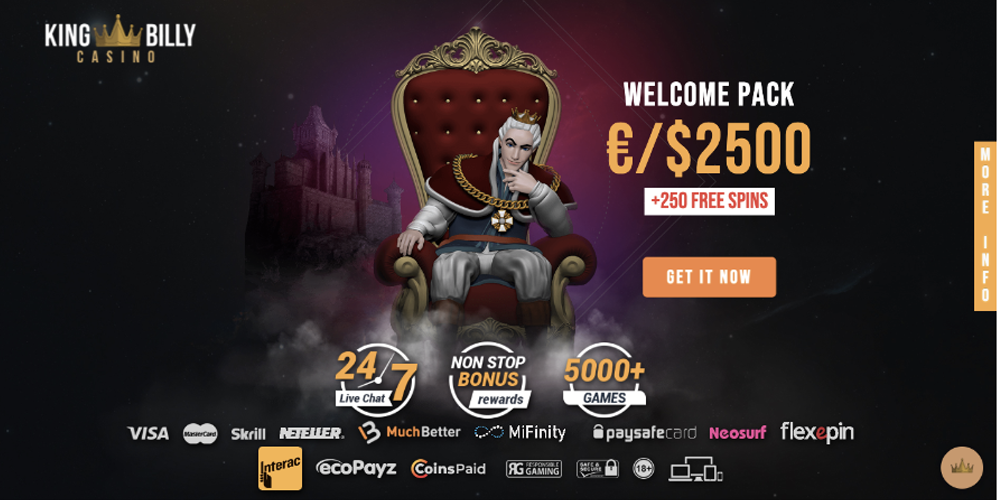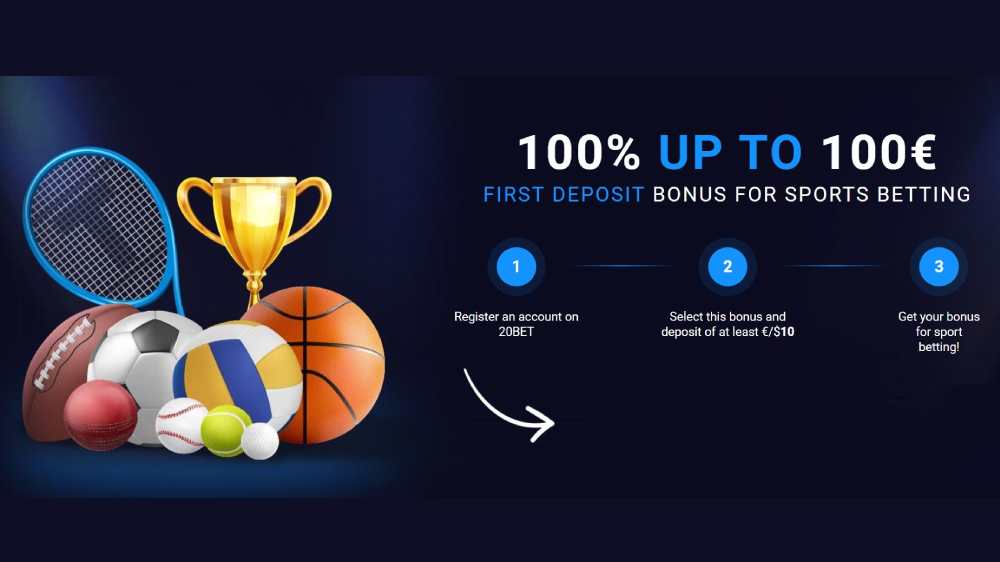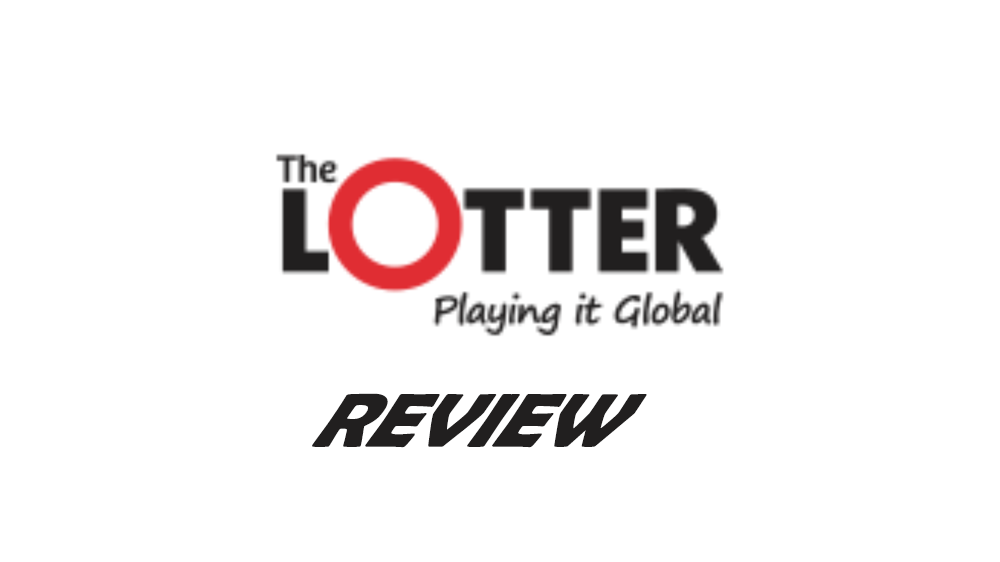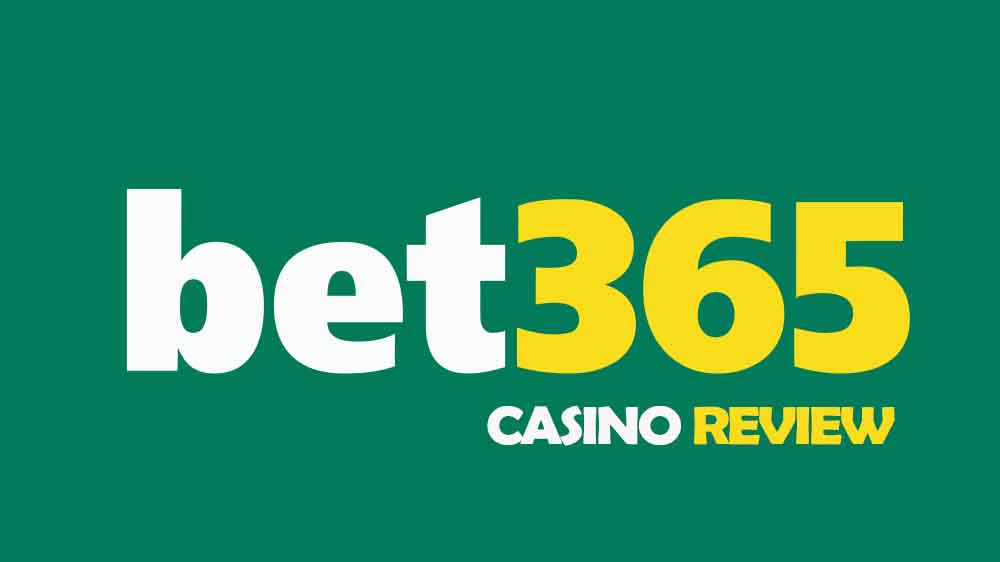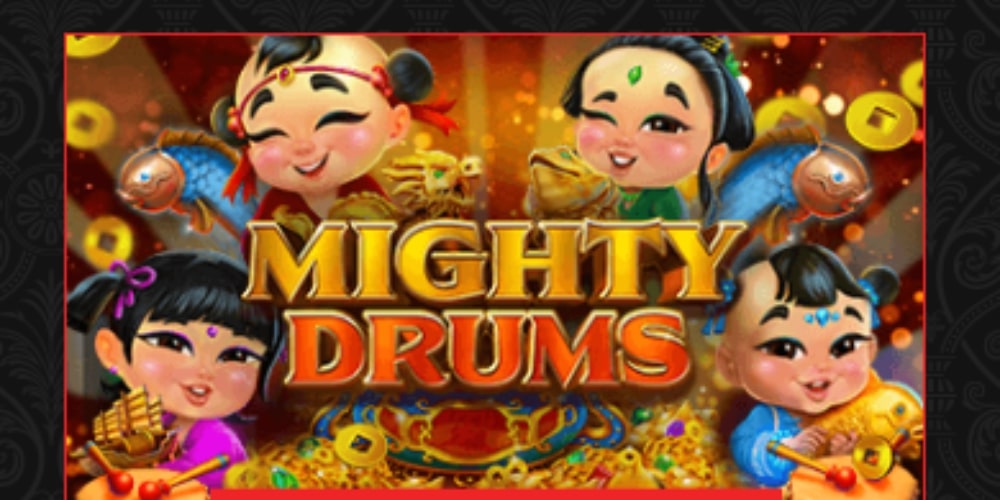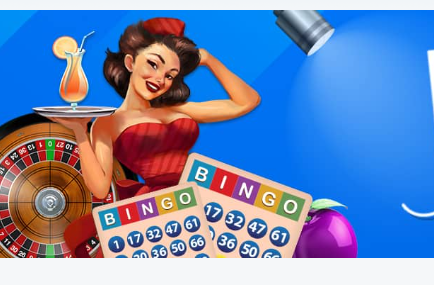Tribal Gaming Commission – Overseeing All Native American Casinos

The Tribal Gaming Commission
In spite of the USA basing itself around the central tenet of “freedom,” you’ll find that the situation with regard to the legality of gambling is very different from any other country around the world. This applies to both playing in real casinos or when you want to win the jackpot online. For example, you can play at our favourite online casino, Bet365 Casino, but only if you are situated in New Jersey! Though we all know of the famous casino resort locations of Atlantic City and Las Vegas, you’ll find many casinos have sprung up over the last couple of decades on tribal Native American land. By law, Native Americans are allowed to both control and regulate gambling activities on their own territories. In order to do this, they have created the Tribal Gaming Commission and the National Indian Gaming Commission.
These represent Native American gambling and casino interests throughout the US. Keep in mind that there are 493 Indian gaming operations across US 28 states. These gambling facilities are under the ownership of 240 federally recognized tribes.
Tribal Gaming Commission Function
So you might well ask what does the Tribal Gaming Commission actually do? At the time of writing in November 2021, there are almost 6,000 Tribal Gaming Commissions and Regulators across all 29 US states. Their primary job is that of operators of gambling establishments and Native American casinos. Above all, the job of the Gaming Commission is mainly in relation to supporting Native American gaming operators. The commission regulates the application of gambling rules and jackpot games across all the casino properties throughout the country.
Casino Owner Help

As an example, let’s take a tribal gambling establishment in Weston, Northern Carolina that would like to apply for a casino licence. Maybe the owner wishes some assistance in filling his responsibilities under the commission’s functions. Thanks to the Tribal Gaming Commission, he just needed to pick up the telephone and ask for the assistance of the Cherokee Tribal Gaming Commission. If he happens to be based in Fort Lauderdale, Florida, then he could search out for help from the Seminole Tribal Gaming Commission. The thing to keep in mind here is that in 1988, the Indian Gaming Regulatory Act gave the tribes mandates to fulfil. In many ways, these Tribal Commissions are responsible for law, order and justice among the gambling establishments on tribal lands.
The Tribal Gaming Commission Main Functions
- Providing support to NIGC
- Helping tribe’s gaming operators fulfil the requirements under the IGRA
- Technical analysis of gaming results and disputes
- Supporting the tribe’s gaming operators using regulatory oversight
- Investigations for frauds, corruption, organized crime, gaming abuse
- Monitoring the compliance of the licensees
- Issues, suspends, revokes and renew gaming licenses
- Monitoring the assets of the tribe’s gaming operators
- Partnering with local casinos, hotels and other facilities
- Look after cultural assets
- Promoting environmental sustainability
- Promotes tribal economic development
- Budget and payroll management
- Assists in projects and communication programmes
- Performing various audits
- Control of inventory and contract management
All these functions listed above only apply to a Tribal Gaming Commission. If you drill down even further, you will find that each Tribal Authority will have different responsibilities and requirements when compared with each other. In fact, it’s quite reasonable to say that there are no two identical tribal-state jurisdictions. The goal of these agencies is to look after tribal assets. As well as ensuring the security and well-being of its members who are working within the casino gaming industry.
History of the Indian Gaming Regulatory Act

For Native Americans, the first federal gaming structure in the US came about thanks to the Indian Gaming Regulatory Act of 1988. Through this Act, tribal development and the integrity of tribal casino operators could be promoted. Though initially a bone of contention, the purpose of the act is to actually ensure that the tribes benefit themselves from any gaming activities. When it comes to gambling laws, the Indian Gaming Regulatory Act was one of the most important to take place in US history. That’s because it’s a gambling framework that was based on federal laws.
It’s this law that is used to regulate all gambling activity that takes place on Native American lands. So whenever you visit any Native American casinos to win the jackpot, you’ll see that it also sets the statutory limits of the Native Indian Gaming Commission. And in doing so, for each tribal gaming commission in turn. Once Congress adopted this law in 1988, then it went through several stages of change. These were mainly related to the statutory limits of local governments, For instance, being able to collect annual fees from Native American casinos.
The National Indian Gaming Commission and the Tribal Gaming Commission have many functions which are similar. Yet at the same time, they do have their differences. Let’s have a deep dive and see what they are.
Connection with the National Indian Gaming Commission (NIGC)
This article is mainly about the Tribal Gaming Commission agencies along with their laws and functions. But it’s still necessary to explain how the National Indian Gaming Commission comes into the picture. Keep in mind that this is the principal counterpart for all Gambling Commissions and American regulatory agencies that deal with casino gaming on a daily basis. One way of looking at these commission agencies is that they all work for the NIGC, whilst at the same time, are all interconnected.
Role of the National Indian Gaming Commission (NIGC)

Right now, the National Indian Gaming Commission is a federal institution. As such, it provides oversight for over 500 licensed gaming facilities. All of which are situated on Native American lands within the 29 US states. In addition, the Gaming Commission has its own compliance officials and auditors. They are on a constant quest to improve the quality of tribal gaming. They keep a close eye on the management structures, compliance and regulate many of the casino games, including table games and jackpot slots. The Commission also provides channels of communication and collaboration on a local level. The responsibilities and functions of the NIGC include the following:
- Establishing auditors and compliance officers close to tribal gaming facilities
- Guidance to tribal leaders for improved compliance with the Act
- Promoting Indian tribal economic development
- Monitors and regulates all gambling operators on Indian lands
- Provides technical assistance and training
- Receiving appeals and conducts formal or informal hearings
- Approving gaming management contracts
- Investigates operators’ backgrounds and inspects gaming premises
- Issuing closure orders and certificates
- Partnering with other Federal agencies
Reading through the above, you’ll see that the NIGC is very closely interconnected with each Tribal Gaming Commission. As an aside, we should mention that Native American online casinos haven’t really picked up. That’s probably because being online, there are fewer advantages when compared with real land base casinos on Indian land. We suggest that you head over to Bet365 Casino. Not only do they have a massive selection of casino games, including many which are with live dealers, but they also offer all new players a useful and playable welcome bonus of 100% up to £25 to get you started.







